Need a grant for LED upgrades or
voltage optimisation? (read more)

Need a grant for LED upgrades or
voltage optimisation? (read more)




When it comes to energy efficiency, voltage optimisation technology stands as a promising method of reducing electricity consumption and associated costs.
This technique involves regulating the incoming electrical supply voltage from the national grid to match the optimal requirements of electrical equipment and appliances. By delivering the correct voltage, voltage optimisation can effectively minimise energy losses and enhance overall efficiency.
But is it always the best investment for everyone?
That's what we're here to find out, so we'll need to break the subject down and uncover the facts.
Let's start with the basics and go from there...
At its core, VO employs specially designed transformers that 'step down' the incoming voltage from the grid to a more suitable level. These transformers, known as voltage optimisers, are typically installed in series with the main power lines entering a building. As electricity flows through the optimiser, it undergoes a controlled reduction in voltage, ensuring that each connected device receives the precise voltage it needs to operate efficiently.
Discover: What Is Voltage Optimisation
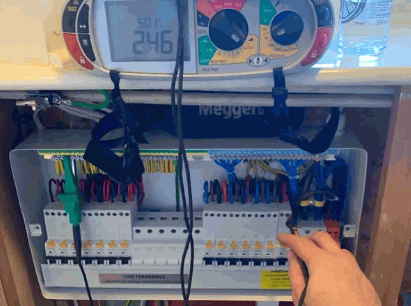
Now let's take a look at the key benefits of a voltage optimiser to see why they are so helpful:
Please note that a voltage optimiser is not quite the same as a voltage regulator or voltage stabiliser! We won't go into too much detail here, but here's a quick overview of voltage regulators:
These devices work to maintain a constant output voltage level regardless of fluctuations or variations in the input voltage. They ensure a steady and consistent supply voltage to devices or electronic systems by adjusting the voltage as needed. Voltage regulators are commonly used in various applications to provide a stable voltage output, such as in power supplies for sensitive electronics or in automatic voltage regulators for electrical generators.
Voltage optimisers are suitable for a wide range of applications, including:
Learn more: Is Voltage Optimisation Worth It?
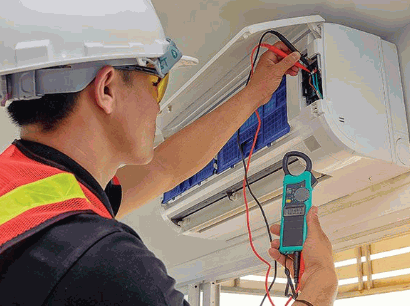
If we want to discover when VO isn't the best choice, we must dig a little deeper to understand the implications.
So, at risk of covering the same material, we'll lay out the bare facts to help you get a handle on the subject...
Now let's explore the different methods used.
So, now we've taken on board some more information about VO, let's revisit the subject of potential savings.
VO methods significantly decrease energy usage by ensuring devices receive only the necessary voltage. Appliances operating at their optimum voltage consume less power, resulting in reduced energy bills.
Lowering voltage to match device requirements cuts energy usage and reduces wear and tear on appliances, leading to longer lifespans and reduced maintenance and repair costs.
By using less energy, VO contributes to a smaller carbon footprint, aligning with sustainability goals and potentially qualifying for green energy initiatives and incentives.
These VO methods offer multifaceted benefits, from immediate cost savings to prolonged equipment life and environmental advantages. Adopting these methods presents a smart and sustainable approach towards efficient energy use in the UK.
However...
It all depends on the main type of electrical equipment you use. For example, do you have mostly voltage-dependent or voltage-independent loads?
If you're unsure of what this means, don't worry; we'll dive into this right now...
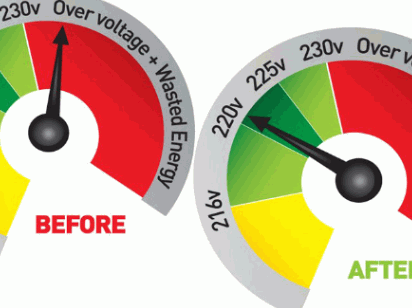
Voltage-dependent loads are electrical devices whose energy consumption varies directly in proportion to the voltage applied to them. This means that as the voltage increases, the power consumption of the load also increases, and vice versa. Examples of voltage-dependent loads include:
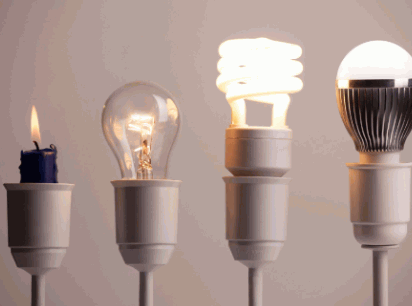
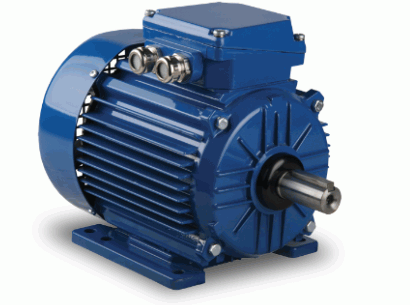
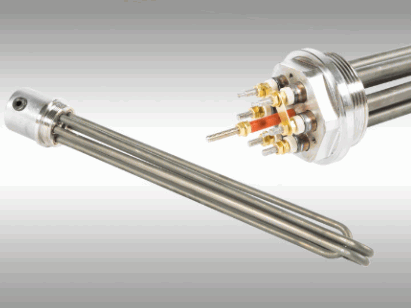
In contrast, voltage-independent loads exhibit a constant power consumption regardless of the applied voltage within their operating range. This means that changes in voltage do not directly affect the power consumption of these devices. Examples of voltage-independent loads include:
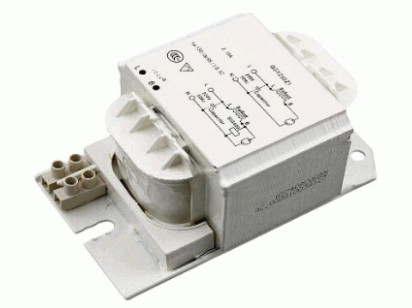
Check out: LED Lighting Upgrade / Retrofit
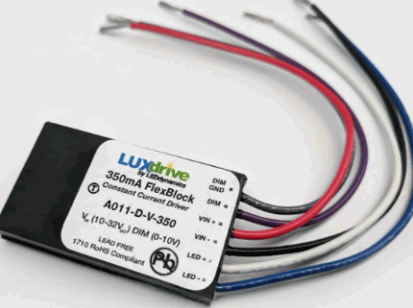
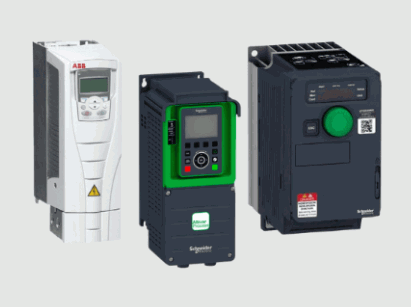
The distinction between voltage-dependent and voltage-independent loads is crucial for implementing effective VO strategies. VO aims to reduce energy consumption by supplying electronic equipment with the optimal voltage level. For voltage-dependent loads, this involves lowering the voltage to the minimum required for proper operation. This energy reduction in voltage directly translates into reduced power consumption and energy costs.
On the other hand, VO has minimal impact on voltage-independent loads since their consumption remains constant within their operating range. While there may be some indirect benefits, such as reduced equipment wear and tear due to voltage stabilisation, the primary energy savings from VO stem from voltage-dependent loads.
In real-world scenarios, most electrical systems comprise a mix of voltage-dependent and voltage-independent loads. The proportion of each type of load significantly influences the overall energy savings potential from VO. A system with a higher percentage of voltage-dependent loads is likely to achieve significant savings compared to a system with predominantly voltage-independent loads.
Understanding the distinction between voltage-dependent and voltage-independent loads is essential for optimising voltage levels and maximising savings. By tailoring VO strategies to the specific mix of loads within a system, some businesses and individuals can reap the benefits of this effective energy-saving technique.
While it's generally effective in improving energy efficiency and reducing energy consumption, there are scenarios where its benefits might be limited or where it won't work optimally. Here are some circumstances where voltage optimisation might not be as effective:
In essence, while voltage optimisation can offer considerable benefits in terms of energy efficiency and cost savings in many situations, its effectiveness depends on various factors related to the specific electrical system and the devices connected to it. Consulting with a qualified electrical engineer or technician can help assess whether VO is suitable and effective for a particular scenario.
VO emerges as a valuable tool for improved efficiency and cost-saving strategies, but only in the right circumstances.
As a leading specialist in this area, Powervolt Team can offer sound advice on the subject. With our guidance, you can discover when VO doesn't work and determine whether it's the best investment for you.
How do we go about this?
The procedure goes something like this...
The journey towards determining the necessity of VO starts with an in-depth energy audit. Electrical engineers meticulously analyse the business's energy consumption patterns, examining voltage levels across various devices and systems.
Understanding the voltage levels supplied to the business premises is crucial. Engineers conduct measurements to evaluate the consistency of the electricity supply. They track fluctuations and power dips (often caused by lightning strikes), noting instances of overvoltage or undervoltage that might adversely affect equipment efficiency.
An engineer examines the compatibility of electrical devices with the supplied voltage. They evaluate whether devices are operating optimally or if they show signs of strain due to inconsistent voltage levels. Observing device efficiency and potential wear and tear provides valuable insights.
Assessing the financial aspect is vital. Engineers conduct a comprehensive cost-benefit analysis to determine potential savings through voltage optimisation. They calculate potential savings against the cost of implementing voltage optimisation solutions.
Beyond cost, engineers consider the environmental impact. Voltage optimisation reduces energy consumption and minimises a business’s carbon emissions. This aligns with sustainability goals and might lead to eligibility for green energy initiatives or incentives.
Based on the findings, the engineer consults with the business stakeholders. They present a detailed report outlining the benefits of voltage optimisation. This proposal includes potential cost savings, efficiency improvements, and the overall impact on the business.
In essence, determining the necessity of voltage optimisation requires a holistic approach. Electrical engineers, like our experts at Powervolt Team, scrutinise energy consumption patterns, device compatibility, financial implications, and environmental aspects. It’s a meticulous process aimed at presenting a comprehensive case for implementing voltage optimisation solutions tailored to the specific needs of the energy consumer.
Voltage optimisation isn’t merely about reducing energy consumption; it's a strategic step towards cost efficiency, sustainability, and maximising the lifespan of electrical equipment. Collaborating with electrical engineers for a thorough assessment ensures businesses make informed decisions towards a more energy-efficient future - but it has to work for you, or it's not a wise investment!
By optimising the input voltage, this technique effectively reduces the amount of energy consumed, improves power quality, and extends the lifespan of electrical equipment. As more businesses and individuals embrace sustainable practices, voltage optimisation will undoubtedly play an increasingly significant role in minimising energy consumption and promoting a more efficient energy landscape.
This blog will help you understand the subject better, but if you need further assistance, Powervolt Team is ready with the answer.
